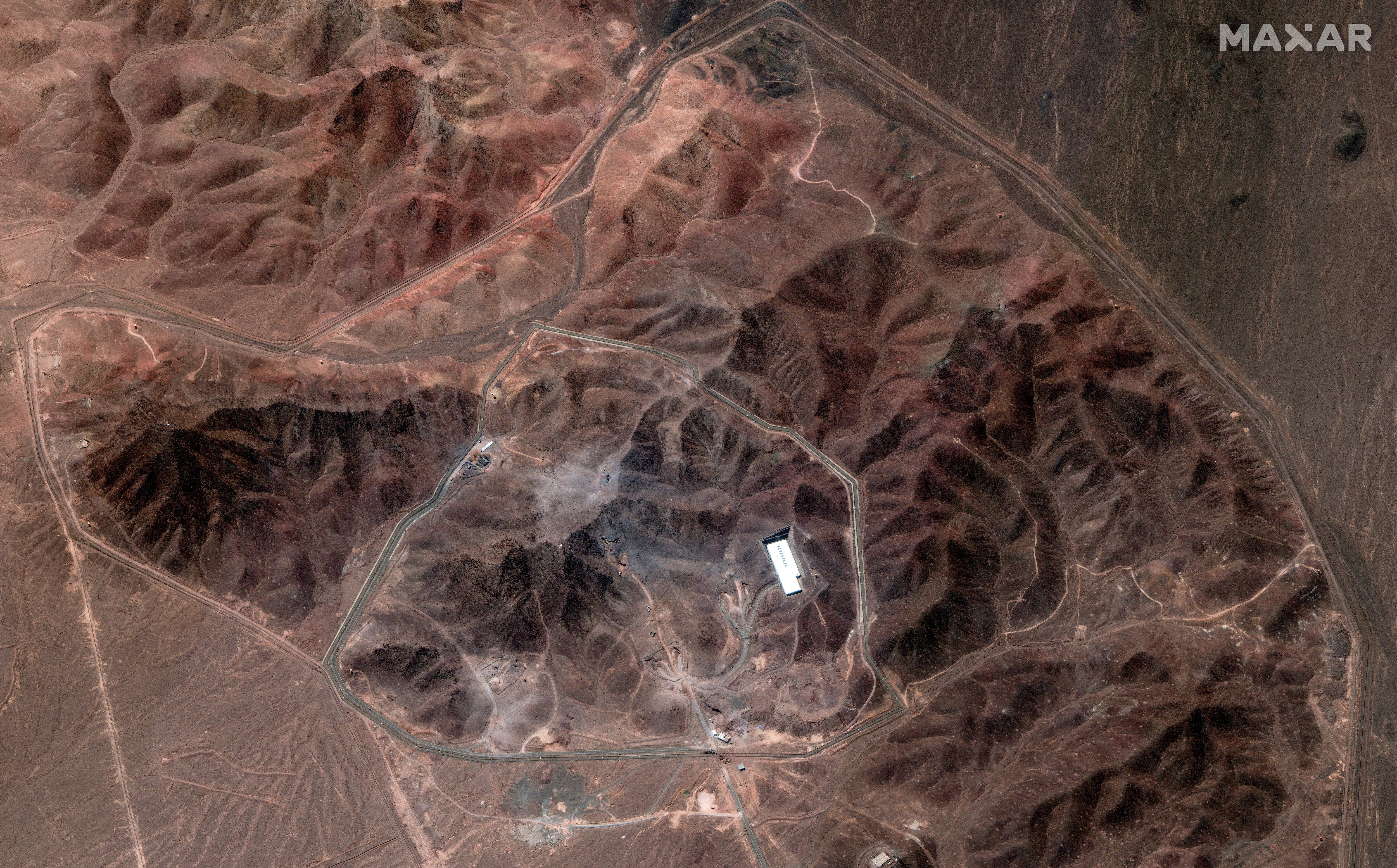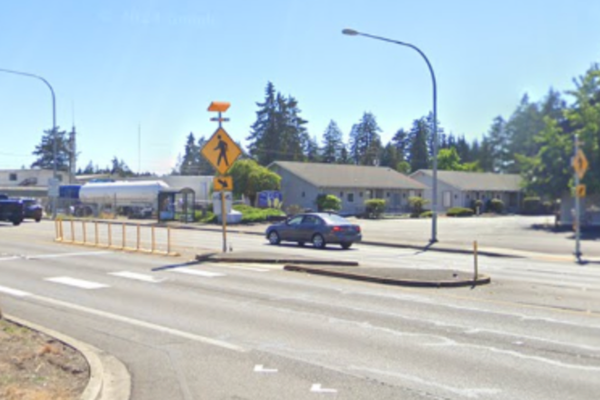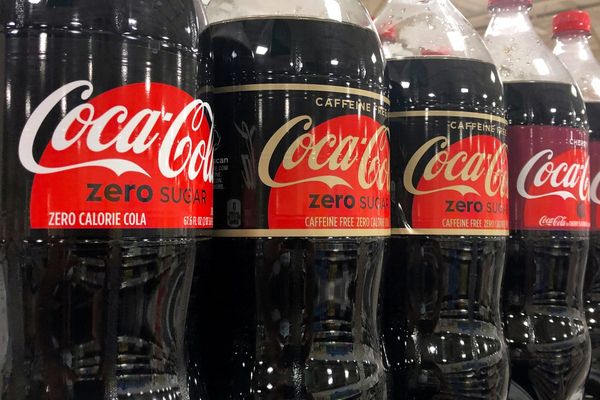Satellite pictures taken in the week after the US airstrikes on Iran’s three nuclear sites show activity at the Fordow facility, which Donald Trump claimed was “completely and totally obliterated” in last week’s attack.
Images from Maxar Technologies show construction vehicles including an excavator near one of the shafts at the Fordow nuclear facility which was struck by US bunker buster bombs on 22 June.
Other images show that the bombardment had completely caved in entrance tunnels to the site.

The images show several vehicles parked around the facility, as questions remain about just how much of Iran’s nuclear capability was obliterated.
The US Secretary of Defense hit out at media reporting of the attack, after a leaked preliminary intelligence report found the attack had likely only set Iran’s nuclear programme back by a couple of months.
Speaking at the Pentagon alongside the chairman of the Joint Chiefs of Staff late last week, Pete Hegseth said “anyone with two eyes” would recognise the damage done to Iran’s facilities.
“First reports are almost always wrong. They're almost always incomplete,” he said, adding the facility had been completely “destroyed”.
Hegseth cited several experts and other reports to back his claim up, including the Israeli Defence Force, the CIA director, US director of national intelligence. He also quoted Iran’s foreign ministry spokesperson as saying “our nuclear institutions have been badly damaged, that’s for sure”.
General Dan Caine said the bunker-buster bombs “went exactly where they were intended to go”.
But on Sunday, the head of the UN’s nuclear watchdog suggested Tehran could get its nuclear programme back up and running within months.
The International Atomic Energy Agency director general Rafael Grossi previously said Iran had told the watchdog it was planning to move its enriched uranium ahead of a suspected bomb attack, and that it was unclear whether that fuel had been destroyed in the bombardment.
"So some could have been destroyed as part of the attack, but some could have been moved," he said in an interview on Sunday.

Israel launched an attack on Iran earlier this month, saying Tehran was on the brink of developing nuclear weapons. It sparked a 12-day war, with Iran launching missiles at Israeli cities including Tel Aviv, before the US joined in with the nuclear site attacks.
Mr Grossi said the strikes on sites in Fordow, Natanz and Isfahan had significantly set back Iran's ability to convert and enrich uranium, but the country still has capacity.
"They can have, you know, in a matter of months, I would say, a few cascades of centrifuges spinning and producing enriched uranium, or less than that," Grossi told CBS News in an interview.
"Frankly speaking, one cannot claim that everything has disappeared and there is nothing there," he added, according to the transcript of the interview.
Western powers stress that Iran's nuclear advances provide it with an irreversible knowledge gain, suggesting that while losing experts or facilities may slow progress, the advances are permanent.
"Iran is a very sophisticated country in terms of nuclear technology," Grossi said. "So you cannot disinvent this. You cannot undo the knowledge that you have or the capacities that you have."
With additional reporting from Reuters
Trump-Iran latest: Top cleric issues fatwa against US president and Netanyahu
Israel's strike on Iran’s Evin prison sparks fear for political prisoners
Intercepted Iran call undermines Trump’s boasts about ending nuke program
After centuries of isolation, ultra-Orthodox Jews are engaging with the world
British-Israeli soldier killed in explosion in Gaza
Starvation crisis caused by Israeli war and aid blockade kills 66 children in Gaza







